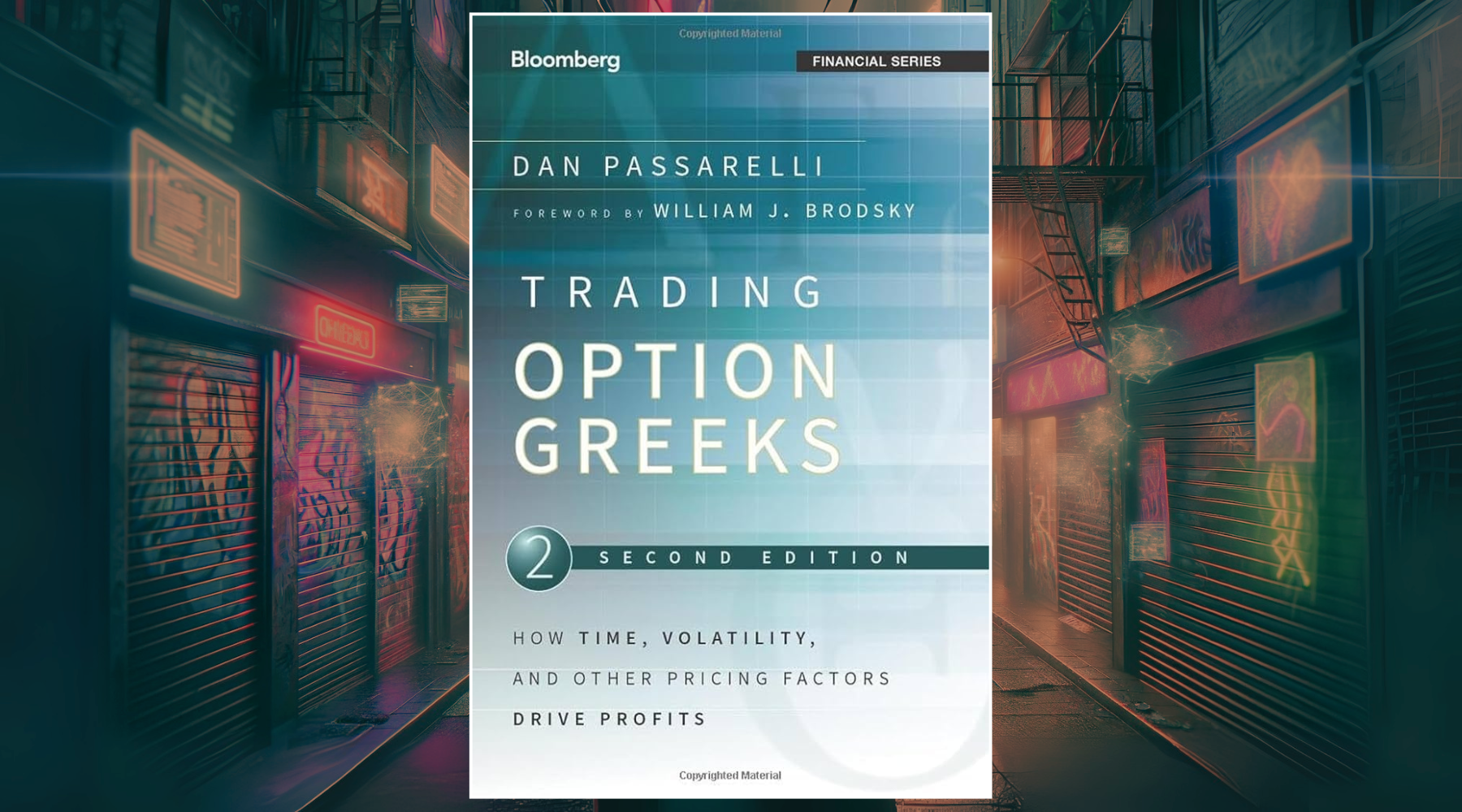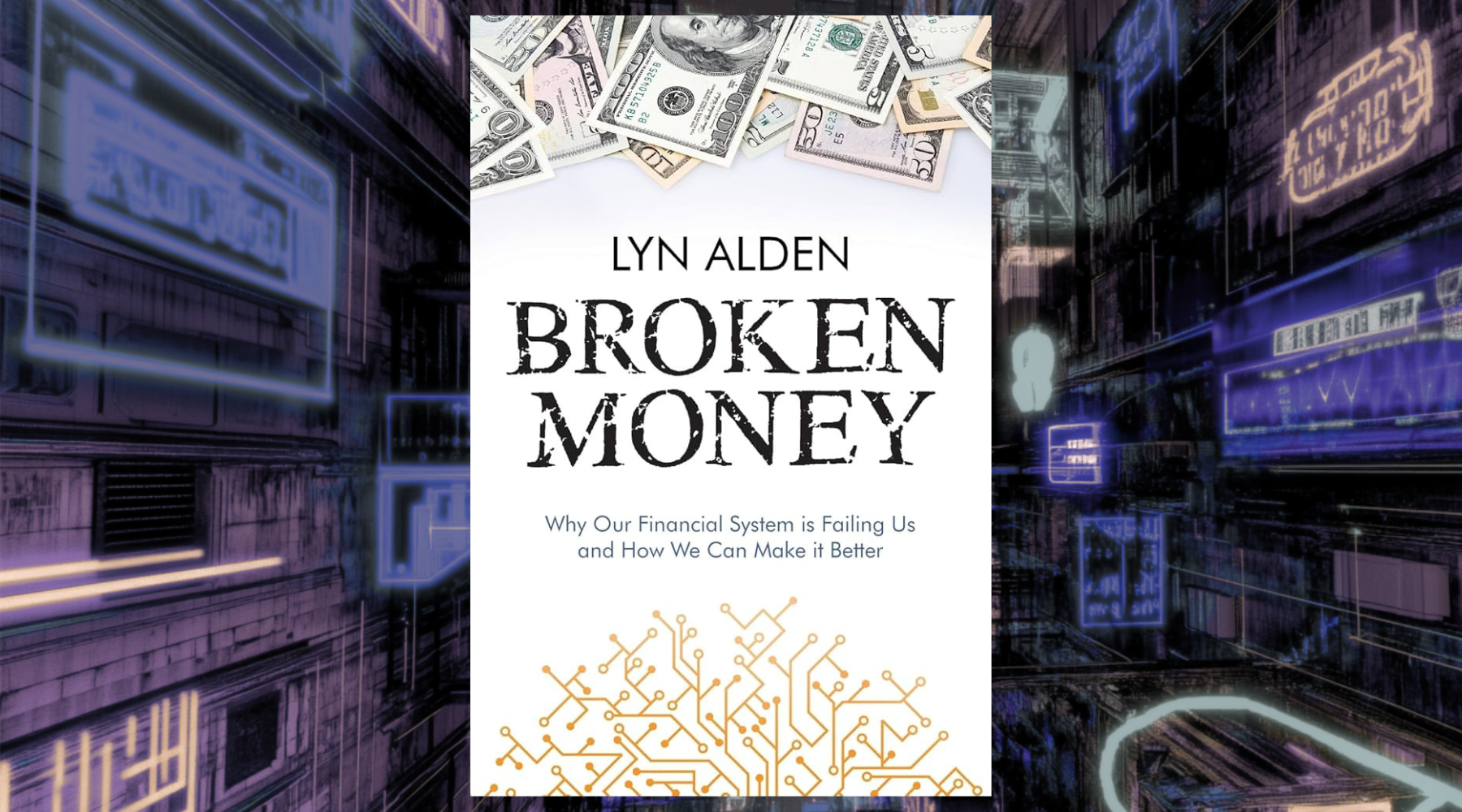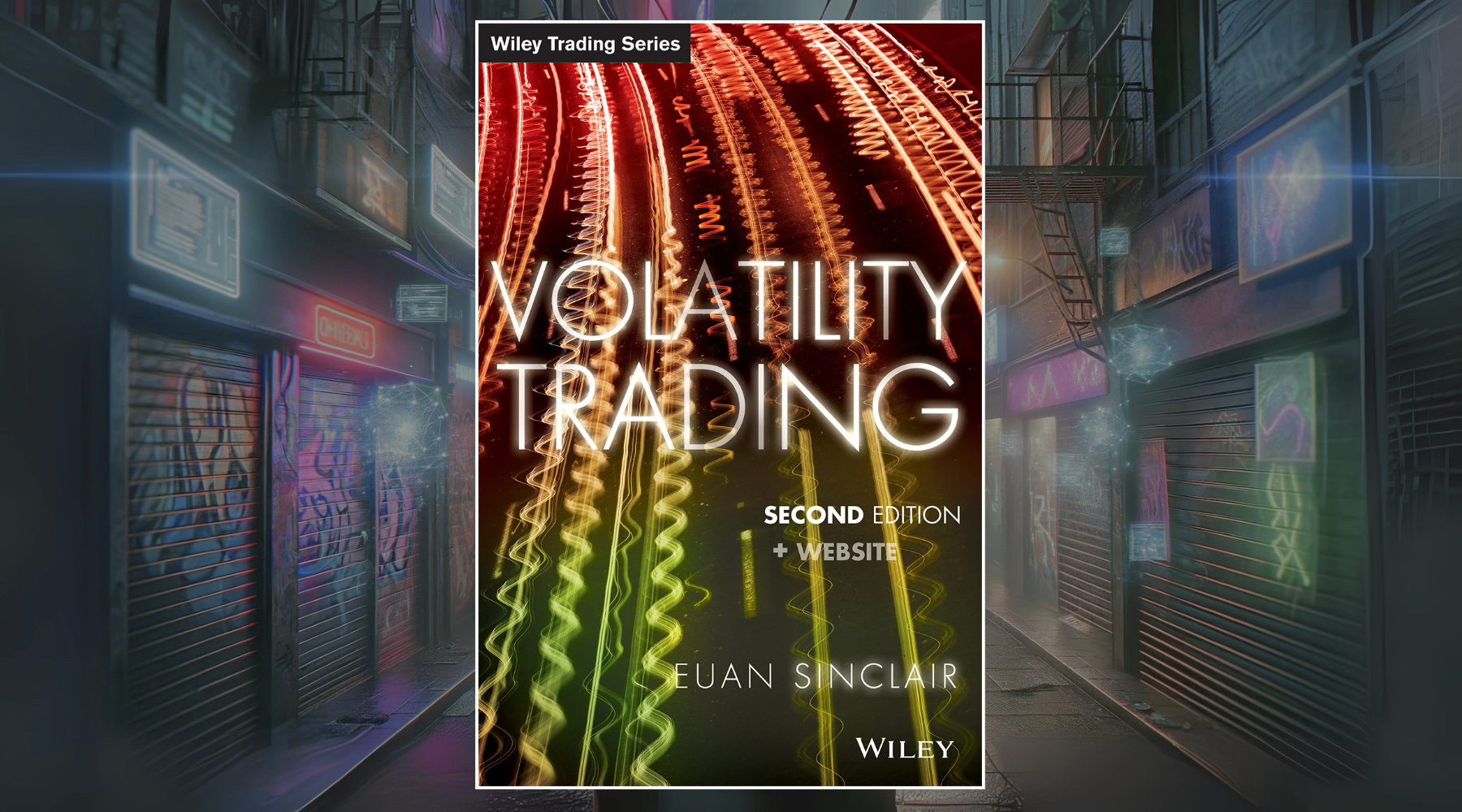Beyond Greed & Fear: Understanding Behavioral Finance & the Psychology of Investing
By Hersh Shefrin
The book is structured around the idea that “traditional financial theories” often overlook the human element, which can lead to irrational financial decisions driven by emotions rather than logic. Shefrin discusses concepts like overconfidence, biased decision-making, and the influence of groupthink in the investment world. He uses real-life examples and studies to illustrate how these psychological traits can lead investors astray.
“Our understanding of Behavorial Finance has expanded much beyond just Greed and Fear”. ~ Hersh Shefrin, Friendly Bear Podcast Interview
Hersh Shefrin gives many interesting and thought-provoking examples that he has accumulated from many different financial journals. In this summary I can’t go into too much depth on particular examples without actually just rewriting entire chapters. So instead I’m going to breakdown the main topics that he covers in this book and then give a few of the shorter examples (highlighted in Pink below) as well as some helpful quotes directly from the book (highlighted in Blue).
Who Was This Book Written For?
According to Hersh Shefrin, this book was written by "practitioners", for practitioners. Practitioners covers a wide range of people:
- portfolio managers
- financial planners & advisers
- investors
- brokers
- financial analysts
- investment bankers
- corporate executives
- traders
Two important facts that psychologists have recently discovered:
- The primary emotions that determine risk taking behavior are not Greed & Fear, but are Hope & Fear.
- Although to err is human, financial practitioners of all types make the same mistakes, and they make them repeatedly.
The goal of this book is to:
- help recognize your own mistakes, as well as the mistakes of others
- understand the reasons behind these mistakes
- learn how to avoid these mistakes
I've recently decided to add this book to my list of all-time best books for investors. It's the only book that deals specifically with investor psychology that I put on this list.

The book covers 3 main themes of behavioral finance. These themes are introduced at the beginning of the book, each with their own chapter. Throughout the rest of the book, these topics are covered through all aspects of the markets and examples are given repeatedly throughout the book.
Here are the 3 main themes in Behavioral Finance:
- Heuristic-driven bias
- Frame dependence
- Inefficient markets
Beyond Greed and Fear
The foundational academic text on behavioral finance by Hersh Shefrin. Understand how cognitive biases, emotions, and psychological factors drive investment decisions and market behavior. Essential reading for mastering the psychological aspects of investing and developing more rational financial strategies.
View on AmazonHeuristic-Driven Bias
Heuristics are mental shortcuts or rules of thumb, usually learned through trial and error, that people use to quickly make decisions and judgments. This allows us to efficiently process information and make choices, without having to deeply analyze every detail. However, reliance on heuristics can lead to biases that cause errors in judgment. This is known as "heuristic-driven bias" in behavioral psychology.
The four statements that define heuristic-driven bias:
- People develop general principles as they find things out for themselves;
- They rely on heuristics, rules of thumb, to draw inferences from the information at their disposal;
- People are susceptible to particular errors because the heuristics they use are imperfect; and
- People actually commit errors in particular situations.
Common heuristic-driven biases include:
Availability Bias
Investors tend to overweight events or scenarios that readily come to mind, often the most recent or emotionally charged ones. This can lead to making decisions based on memorable but unlikely events.
Example: Buying stocks that have recently been in the news or that friends have been discussing, regardless of the fundamentals. The ease of recalling the stock makes its prospects seem more promising.
Representativeness
Representativeness refers to judgements based on stereotypes. This is the tendency to judge the probability of an event by finding a 'comparable known' event and assuming that the probabilities will be similar.
Availability vs Representativeness
Availability heuristic relies more on how easily examples come to mind when making probability judgments.
Representativeness heuristic relies more on judging similarity to stereotypes when assessing probability.
Gambler’s Fallacy
Thinking that a certain random event is more or less likely to occur given a previous series of events.
If five tosses of a fair coin all turn out to be heads, what is the probability that the sixth toss will be tails? If the coin is fair, the correct answer is one-half. Yet many people have a mental picture that when a fair coin is tossed a few times in a row, the resulting pattern will feature about the same number of heads as tails. In other words, the representative pattern features about the same number of heads and tails. So, after a run of five heads, people tend to predict tails on the sixth toss, because of the representativeness heuristic. From their perspective, "a tail is due."
Overconfidence
Many studies show that a majority of people rate themselves as above average on positive traits like intelligence, investing skill, and the ability to identify market bubbles. This overconfidence causes investors to trade excessively and often achieve lower than average returns.
"Individuals exhibit too much confidence in their ability to predict future events. The consequence is that most people trade too much." - Hersh Shefrin
Anchoring Bias
When making estimates, investors often rely too heavily on the first piece of information they receive, being anchored to that initial information, and failing to appropriately adjust as new data comes in.
Example: If a trader bought stock ABC for $100, they might be psychologically fixated on that price for judging when to sell or make additional purchases of the same stock
Aversion to Ambiguity
Aversion to ambiguity refers to the tendency of investors and financial decision makers to avoid situations where there is missing or incomplete information about probabilities, outcomes, or other relevant details. People prefer the familiar to the unfamiliar.
Traders exhibit ambiguity aversion by avoiding trades on stocks where they lack sufficient information to explain price movements or make confident forecasts. This will create many missed opportunities, but this also prevents FOMO trades and unnecessary forced trades.
Heuristic-Driven Bias Summary
These shortcuts (heuristics) allow us to make quick decisions but they ignore nuances in the full picture. As a result, heuristic-driven biases frequently lead investors and traders towards emotion-driven and irrational choices that undermine returns.
Being aware of these ingrained habits allows financial professionals and investors to recognize when their judgment may be impaired. They can then systematically and objectively evaluate the evidence before making investment decisions. This self-awareness of one's own biases is key for behavioral psychology to improve outcomes.

Frame Dependance
Frame dependence refers to how the way information is presented, framed, or phrased can influence the decisions people make. Even when objectively the options are the same, small changes in framing can alter choices.
For example, investors react differently to an investment described as having potential gains vs potential losses, despite identical payoffs
Frame dependence shows that subjective perceptions influence financial behavior, beyond just objective data. Subtle variations in how options are presented impacts the choices investors and consumers make. Being aware of framing effects allows financial professionals to avoid misleading frames and also helps to recognize how their own decisions may be manipulated by framing, and to view options more objectively.
Loss Aversion
Loss Aversion refers to the tendency of people to strongly prefer avoiding losses over acquiring equivalent gains. People feel the pain of losses much more strongly than the pleasure of an equal gain. Losses can be twice as psychologically powerful.
Suppose you face a choice between (1) accepting a sure loss of $7,500, or (2) taking a chance where there is a 75 percent chance you will lose $10,000 and a 25 percent chance you will lose nothing. The expected loss in both choices is $7,500. Would you choose to take the guaranteed loss or take a chance? Most people opt for the latter. Why? Because they hate to lose! And the uncertain choice holds out the hope they won't have to lose. Kahnemany and Tversky call this phenomenon loss aversion. They find that a loss has about two and a half times the impact of a gain of the same magnitude.
“Get-evenitis” - the tendency to sell winning investments too soon while holding on to losing positions for too long is driven by loss aversion. While hoping to break even, traders often incur greater losses as the price of the asset continues to go against the trader. “Get-evenitis” also affects corporate executives’ ability to terminate losing projects.
Hedonic Editing
Hedonic editing refers to the tendency for people to mentally frame or edit outcomes in a way that makes them feel better. It involves segregating or combining information to achieve the most subjectively attractive frame, rather than objectively analyzing the true outcomes.
Shefrin explains the magic words that can help with someone to take a loss: “transfer your assets”
“Why are “transfer your assets” magic selling words? Because they induce the client to use a frame in which he or she reallocates assets from one mental account to another, rather than closing a mental account at a loss.” ~ Hersh Shefrin
So in essence, hedonic editing describes how people mentally distort or restructure information to feel better about financial decisions and outcomes.
Regret
Regret in behavioral finance refers to the emotion of remorse or disappointment over a past decision that turned out poorly. Anticipated regret affects decisions - investors may choose options that could minimize future regret, rather than maximize returns.
Regret is the emotion experienced for not having made the right decision. Regret is more than the pain of loss. It is the pain associated with feeling responsible for the loss… Regret can affect the decisions people make. Someone who feels regret intensely, does not have a strong preference for variety, and thinks ahead, may follow the same route to work every day, in order to minimize possible future regret.” ~ Hersh Shefrin
Self-Control
Self-control allows one to stay the course on financial plans despite conflicting emotions. It enables foregoing instant gratification for superior long-run outcomes.
Controlling emotions is the ability to resist impulsive urges and instead make decisions aligned with long-term goals and pre-planned strategies.

Frame Dependance Summary
Frame dependence deals with the distinction between form and substance. Framing is about form, and differences in form may also be substantive. It reflects a mix of cognitive and emotional elements. The cognitive issues pertain to the way that information is mentally organized, especially the coding of outcomes into gains and losses. There are several emotional issues, the most fundamental of which is that people tend to feel losses much more acutely than they feel gains of comparable magnitude. This phenomenon has come to be known as loss aversion. Therefore, people prefer frames that obscure losses, if possible–and engage in hedonic editing. People tend to experience losses even more acutely when they feel responsible for the decision that led to the loss; this sense of responsibility leads to regret. Regret is an emotion. People who have difficulty controlling their emotions are said to lack self-control. Some people use framing effects constructively to help themselves deal with self-control difficulties.
Say someone has just won $1500. Then they are given a 50/50 chance on winning or losing $500. Some ignore the $1500, while others see themselves ahead by $1500. The cognitive and emotional aspects operate together, in that those who ignore the $1500 feel a $500 loss as just that, a $4500 loss. But those who begin by seeing themselves as $1500 ahead instead experience a $500 loss as a smaller gain of $1000. This difference affects behavior: Because of loss aversion, people who ignore having just won $1500 are much less prone to accepting the gamble than those who see themselves as $1500 ahead. Thaler and Johnson call this a "house money" effect.
The term Frame Dependence means that the way people behave depends on the way that their decision problems are framed.
Inefficient Markets
One of the most fiercely debated questions in finance is whether the market is efficient or inefficient. The efficient market hypothesis (EMH) states that asset prices in financial markets should accurately reflect all available information at any given time. However, behavioral finance research shows that in reality, markets frequently display inefficiencies where assets are mispriced. Behavioral finance suggests that heuristic-driven errors cause mispricing.
Examples of how psychology causes inefficient markets include:
- Loss aversion - People feel losses more intensely than gains, so they hold onto losing stocks too long. This delays correction of mispricing.
- Overconfidence - Traders overestimate their predictive abilities and trade excessively without sufficient evidence. This amplifies volatility.
- Representativeness bias - Investors value assets highly if recent performance resembles a hot trend, while ignoring long term fundamentals. This bias causes mispricing.
- Anchoring bias - Investors fixate on past prices rather than rationally updating valuations. This causes lagging indicators and resistance to corrections.
- Herding behavior - Investors follow trends and crowd mentality without independent thinking. This leads to bubbles and crashes.
These psychological elements introduce market inefficiencies, mispricing of assets, excess volatility beyond fundamentals, and opportunities for outsized gains/losses. By recognizing that markets are frequently inefficient due to human irrationality, investors and traders can attempt to exploit misvaluations, control emotional biases, and improve decision-making. Understanding behavioral psychology provides insights into market inefficiencies.

Summary of Behavioral Finance
”This is not a behavioral finance for dummies book” ~ Hersh Shefrin
Behavioral finance is the study of how psychological biases and emotions influence traders and investors' financial decisions. It shows that humans often act irrationally when making choices involving money - for example, overtrading, refusing to sell losers, or panicking during market drops. If traders understand their innate subjective biases, they can create systems and processes that guard against emotion-driven mistakes. Behavioral finance provides the mental models for traders to improve discipline, avoid biases, manage risk better, and ultimately make more rational financial choices that translate to the PnL.









1 comment
I want to know more about behavioural finance.
Taidor Gatwech Riek
Leave a comment
This site is protected by hCaptcha and the hCaptcha Privacy Policy and Terms of Service apply.